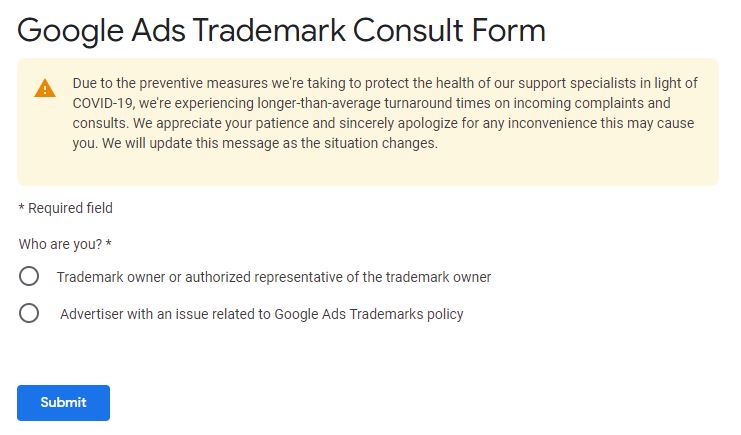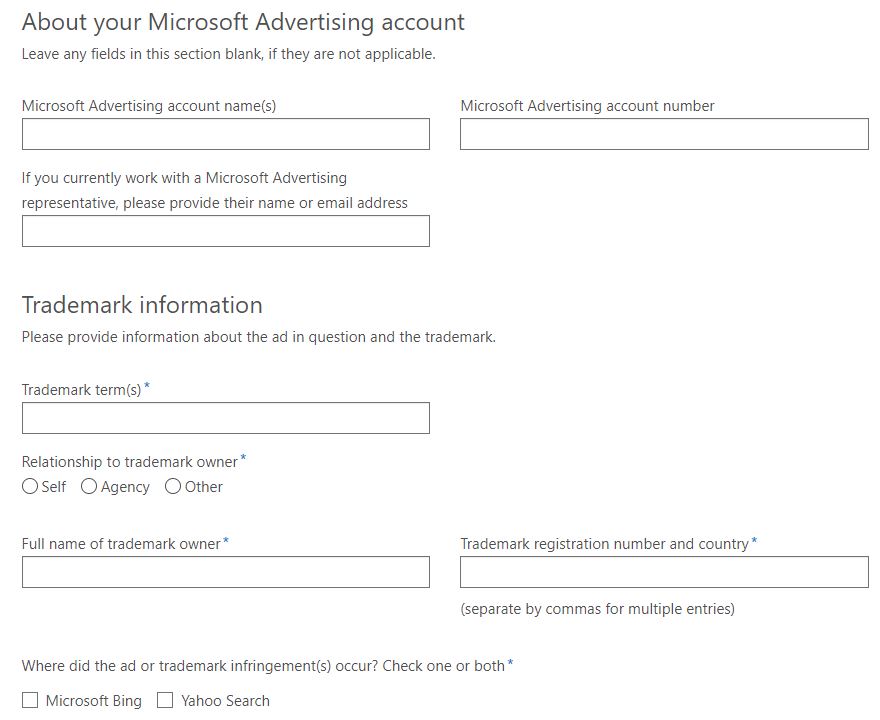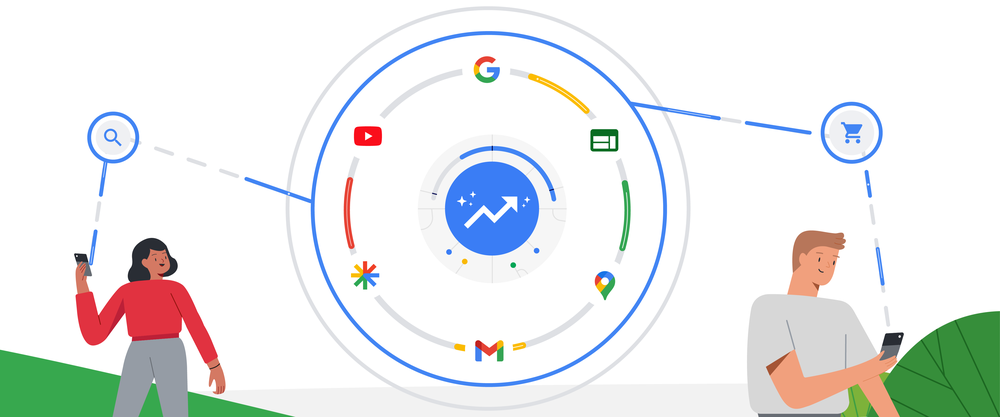Brand protection in Google Ads
Until a couple of years ago, advertisers launching campaigns in Google Ads had the ability to protect the use of their brand (or trade name and product names) by third parties. It was a fairly complete solution that, although somewhat bureaucratic to implement, covered brand protection needs quite well. It also prohibited the express use of trademarked names or registered products in advertising, unless authorised by the brand owner.
In other words: the owner was the only one entitled to use the trademark in ad text. This was how the trademark was registered in the Google Trademarks section:
- Only the owner could use the brand in the title or ad descriptions.
- However, anyone could use it in the visible URL or they could bid on the branded term. Considering how relevant keywords (or lack thereof) affect ad quality, it was not a great advantage for anyone other than the brand company.
In sectors such as hotels and travel, this first party-brand protection was indispensable for many advertisers. Since aggregators (so called OTAs) such as Booking, Trivago or Skyscanner directly impacted brand campaign traffic by “diverting” possible sales away from the official website.
It was also a way in which small hotel chains or small airlines could compete (more or less on an equal footing) for a space in the results.
Let’s not deceive ourselves with this: by law, Google was not required to offer this protection, but it still offered it as an extra benefit for advertisers.
At the end of 2018, Google decided to modify the terms of the trademark protection process. From then on, the owner was deemed not to be the only agent entitled to use their trademark in ads. The brand can now be used by any distributor or owner of an website providing information on the goods or services of the brand in question.
This is what Google calls Reseller policy and informational websites. And of course, the rules have changed:
- The brand name owner, distributors or holders of informational websites about the brand’s products or services may use the name in the title or in the descriptions of advertisements.
- Any advertiser for which the above does not apply, can use the brand name in the visible URL or they could bid on the term as a keyword.
So, protecting the brand has become a little more complicated. Difficult, but not impossible. There are still things an advertiser can do to protect their brand in Google Ads:
- Register the brand name in Google Trademarks: We’ve already seen that it’s not fool proof and that resellers and other websites could potentially continue to use the name in their ads. But we can limit this third-party usage. To do this, submit a Google Ads Trademark Consult form, requesting registration of the brand name within the Trademarks section of Google. This involves providing Google with a fair amount of data relating to brand registration, ownership, etc.

Google Ads Trademark form.
It is important to note that, in order to protect your trademark in a particular market, it must be registered in that market. Within the European Union and the European Free Trade Association (EFTA), the process is relatively simple: if a trademark is registered in Spain, extending that protection to the rest of the “EU member markets” is easy. It gets a little more complicated when we talk about countries outside the EU, so we always advise you to check the specific details for the market in which you want to apply for trademark protection.
- Claim misuse of the trademark: once protected, we may register a complaint about any advertiser (remember, other than resellers or authorised websites) who is using the trademark without our permission, through this form.
- Create Brand Campaigns: As an extra measure, you need to allocate a portion of budget to campaigns with the brand’s primary search term. Remember that even if your brand and site have good organic ranking, ads will always appear in the first position. Therefore, if we leave that part of “Google real estate” unused, we run the risk that those positions will be filled by distributors or sites authorised by Google and lose possible sales or leads for our official brand site.
Ideally, identify the 5-10 most representative and searchable brand terms and isolate them in a brand campaign. In this manner, you can control bids, budgets and performance separately from other campaigns.
Here are all the details on Google Ads’ full trademark policy.
Brand protection in Microsoft Ads
As for Microsoft Ads, the brand policy is quite similar to Google. But Microsoft also involves a somewhat tedious registration process. In essence, everything related to trademarks in Microsoft Ads falls within its intellectual property policy. The policy outlines that trademarks may be used by:
- A distributor of authentic products or services.
- Websites for information about goods or services represented by the trademark, such as product reviews.
- Ordinary use of a dictionary term.
- Comparative advertising, provided it is supported by independent research.
Therefore, we can only claim misuse of a trademark if one of the cases listed above is not met.
As for the process, it is a little simpler than the one we have to follow in Google Ads: we don’t need to have, a priori, our trademark registered in Microsoft Ads. Although obviously, we need to have active campaigns on the platform. Instead we would only have to fill out this form and the specialised IP support team will contact us to update us on the status of the process.

Microsoft Ads Trademark form.
Similarly, we should keep up on the specific rules that Microsoft Ads has for the market in which we want to make the brand name claim. In this article can find the intellectual property policies that apply in each market.
If you are thinking of registering your brand or protecting it from your competition, you can consult with our SEM experts for personalised advice.
More posts about: Generate more leads







